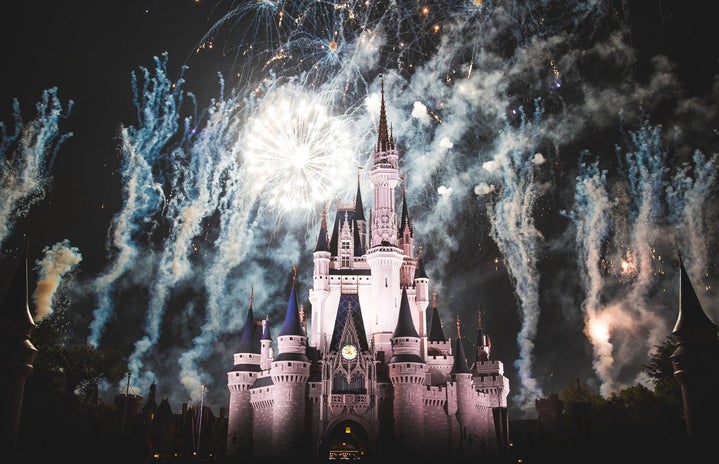Classic fairy tales will continue to play a role in inspiring new stories
Fairy tales continue to have an immense role in our popular culture from retellings in novels and television shows to Disney movie adaptations. Whether they preserve the fantastical elements of the original like Once Upon a Time (2011) or present the stories in brand-new settings like the sci-fi procedural mystery Beauty and the Beast (2012), we have these stories built into our childhoods, imaginations and fantasies. Stories hundreds of years old have remained a part of our collective memory. While people may wonder if these stories have been told and retold too many times, others continue to be inspired by the princesses, pirates, wizards and dragons that have defined childhoods for generations.
I took a class on Hans Christen Andersen’s life and stories my freshman year and was fascinated by how stories meant to teach children and adults life lessons have evolved into a representation of the fantasy of childhood itself. Elements from these fairy tales have permeated into popular culture and continue to inspire thousands of stories and people.
Rewatching the show Once Upon a Time for the first time since middle school, I am reminded why fairy tales continue to dominate popular culture and it’s not just because of the Disney empire. There is a comfort in the familiar magic of childhood memories that these stories have grown to represent; a disassociated reality where anything is possible. Stories that are familiar to us all contain infinite avenues for reinvention as subverting expectations works best when those expectations exist on a massive scale.
Snow White is often remembered as a meek young girl who fell victim to an old witch and had to be saved by the handsome prince. It was a story warning people against jealousy and taking things from strangers, but its elements, having taken root in the collected memory, have the opportunity to be subverted in infinite ways. While Once Upon a Time begins with the classic Snow White tale, viewers quickly understand that she is not the girl we remember, but a woman hardened by trauma yet determined to maintain her decency. While she is all the things people associate with the character – pure of heart and gentle – she is also capable of blazing her own destiny, at one point becoming a thief to survive, and eventually saving her prince just as much as he saves her. Writers of the show took the damsel in distress trope of Snow White and turned it into an epic love story of two people fighting equally to be together and protect their family. Once Upon a Time can be a messy show with a lot of flaws that consume its later seasons, but they made a great effort to take familiar stories and add to them in ways that preserve the original magic while granting new avenues to explore in a modern context.
While many are sick of adaptations and crave original stories, I think the classics will always have their place in popular culture with fairy tales, especially, reminding people of a simpler time in their own lives when true love’s kiss solved every issue and the villains always ended up getting their karma. Plus seeing women in fantasy ballgowns wield a sword or Little Red Riding Hood turn into a werewolf can just be a fun way to reimagine a childhood story. Fairy tales have cemented themselves into the collective memory, allowing for infinite avenues of reinvention, defining childhoods and inspiring stories for generations.


